
Moose vs Elk How to tell the difference? in 2020 Moose, Elk, Animals
One of the most striking differences between elk and moose is the size and shape of their antlers. Elk antlers are more slender and symmetrical, with a branched, sweeping structure that can reach up to 4 feet in length. The antlers grow from two main beams that extend backward from the skull, with multiple tines branching off each beam.
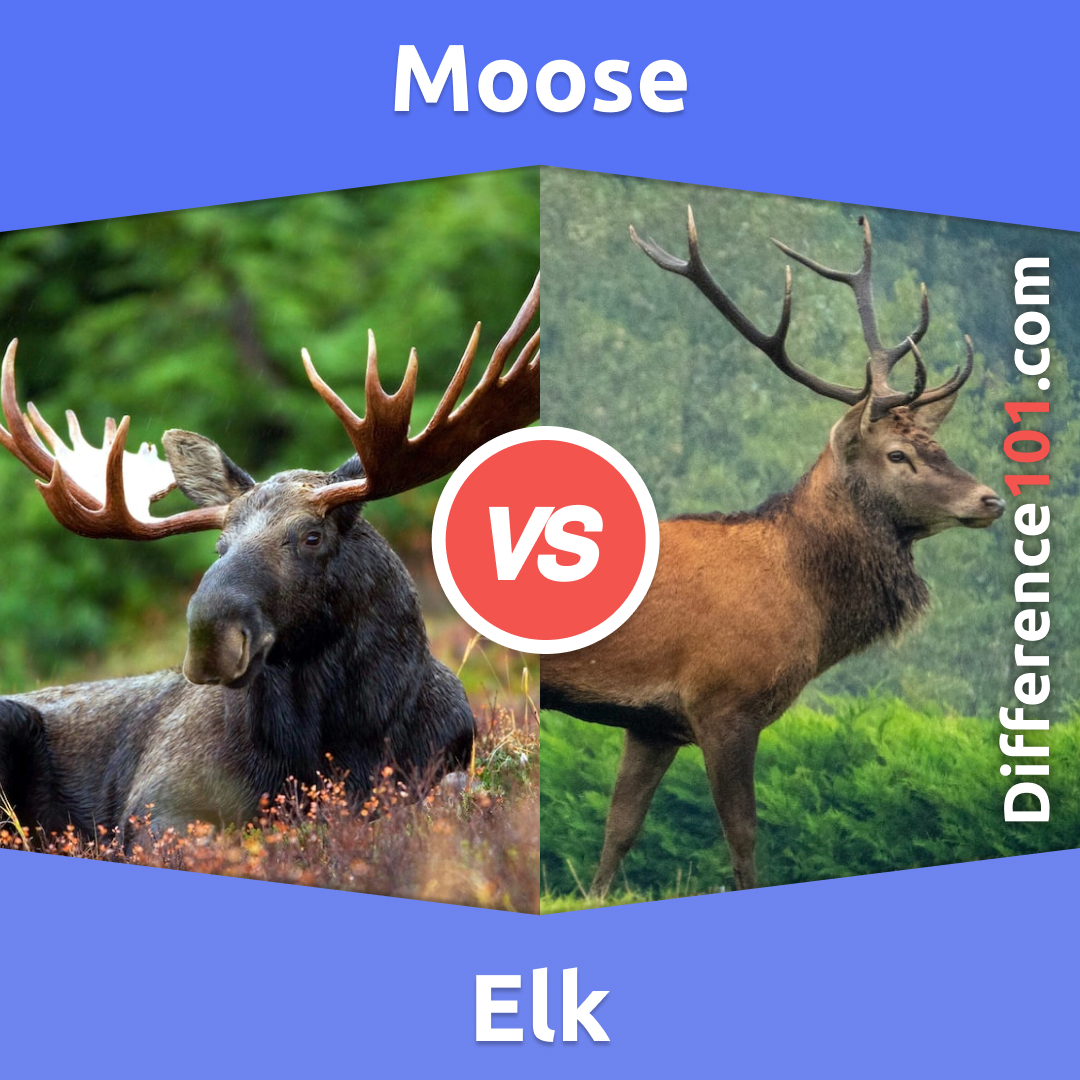
Moose vs. Elk 5 Key Differences, Pros & Cons, Similarities Difference 101
Moose are the largest, weighing between 800-1500 pounds and standing up to 6 feet tall at the shoulder. Elk come in next, weighing around 600-1100 pounds. Reindeer and deer are smaller in comparison, with reindeer weighing approximately 240-700 pounds and deer weighing around 100-300 pounds.
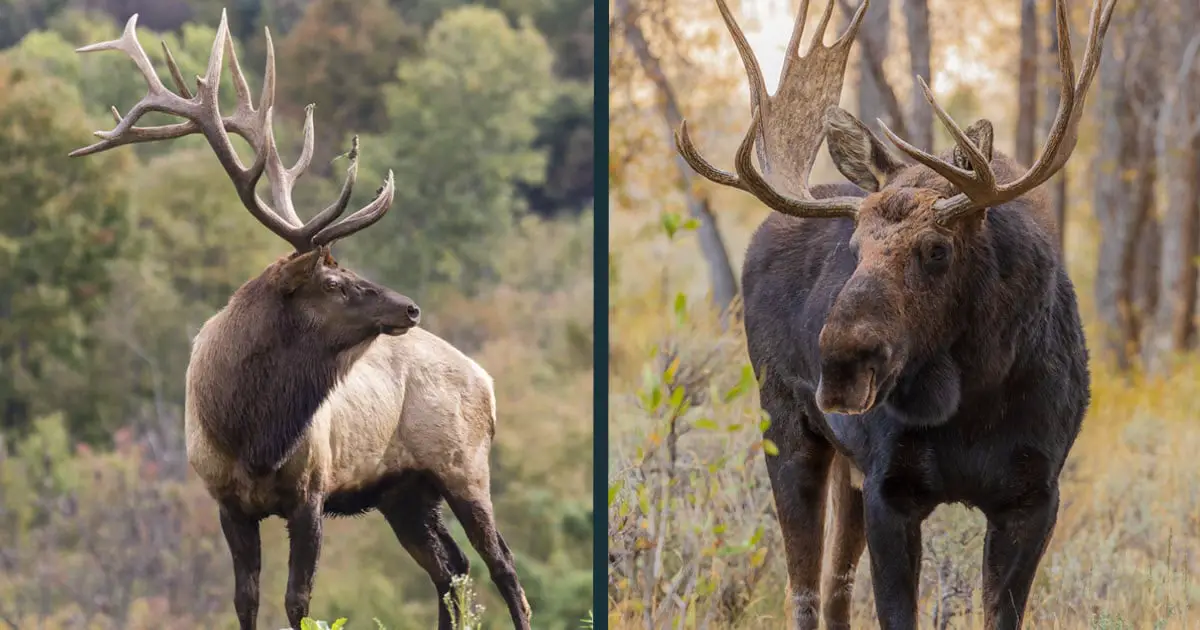
Elk vs Moose Comparison (what are the differences?) World Deer
A quick way to tell if you're looking at an elk is this: moose have a "bell" that dangles from their throats. It's basically a large flap of skin that elk don't have. In terms of size, an adult bull elk can grow up to 1,100 pounds, but it's much more likely that you'll see examples of elks in the 700-pound range.

Elk vs moose Which is Bigger? Where to Find them?
Sumera Saeed. Nov 20, 2023. In terms of physical size, moose are considerably larger than elk. A mature male moose, known as a bull, can stand over 6 feet tall at the shoulder, whereas a male elk, or bull elk, usually stands around 4 to 5 feet at the shoulder. This significant difference in size can be easily observed when the two species are.
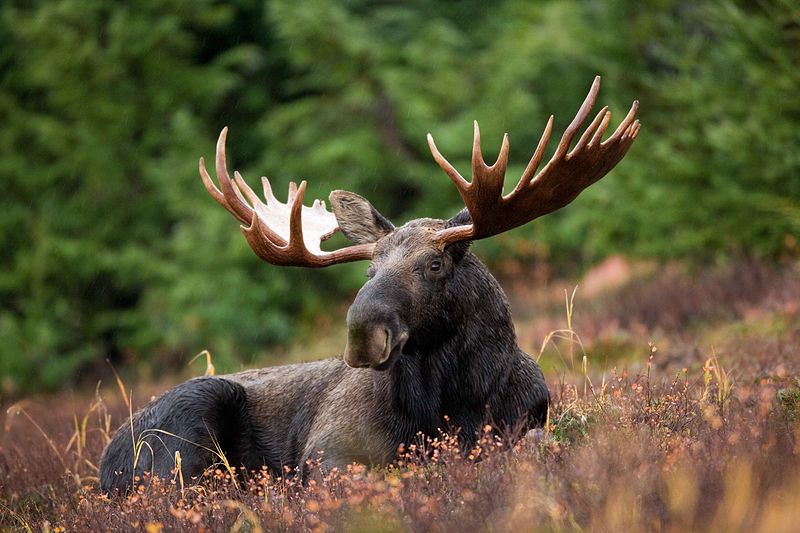
Difference Between Elk and Moose
Moose vs Elk: 5 Key Differences Explained Advertisement Moose and elk are both large mammals from the deer family. Given how similar they are it's really easy for the two to be confused, and more often than not it's moose that are mistaken for elk. After all, they are both herbivores and are large and brown-colored with have really big antlers.
Elk vs Moose, Differences, How to Tell, a Quick Guide
Main Differences between Elk and Moose Elk is comparatively smaller while moose is comparatively larger in body size. The neck of the elk is dark brown than the rest of the body while the moose has the same color on the neck and the rest parts of the body. Elk has a slender and pointed snout while moose has a large and bulbous snout.
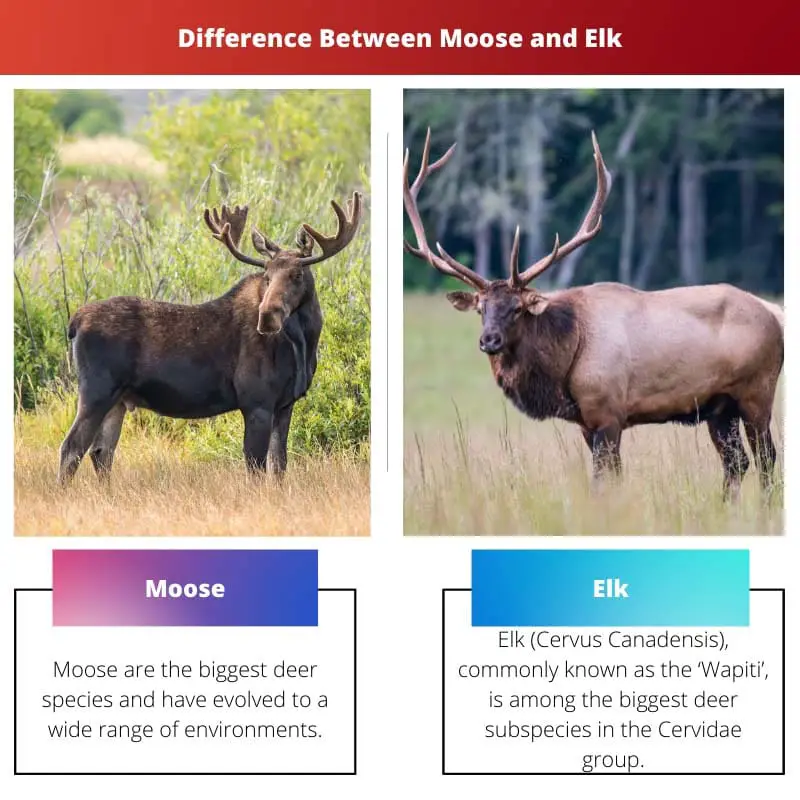
Moose vs Elk Difference and Comparison
Elks are much smaller than moose. The average weight of these animals is 840-1500 pounds. Moose are usually heavier than horses. Elk weighs about half as much as bull moose, which averages about 1200 pounds. The antlers of this animal are also broad and flat.

The Difference between Moose and Elk Bear Witness Safari Tours
The main difference between an elk and a moose is size. Elk are the second largest member of the deer family, with only the moose being larger. Moose can weigh up to 1,800 pounds, while elk only weigh up to 1,000 pounds. The height difference is also significant, with a moose standing up to 7 feet tall at the shoulder, while an elk only reaches.

14 Structural Difference Between Elk and Moose with Similarities Animal Differences
Roe deer These two deer groups are differentiated based on their bone and ankle structure. Moose - Capreolinae When looking at elk vs moose, this is one of the ways an elk is technically differentiated from a moose too. So, therefore, an elk falls into the category of Cervinae and a moose falls into the category of Capreolinae.

Elk vs Moose What's the Difference Animascorp
Elise McDonald in Mammals Moose and Elk are majestic animals that are distant relatives of deer. These animals are known for their massive size and huge antlers. Though moose and elk look similar to each other, they aren't the same. Moose and elk are different species that have a lot in common.

Elk vs Moose Key Differences, Size Comparison, and Habitat
1. Size: One of the most notable distinctions between elk and moose is their size. Moose are significantly larger than elk, making them the largest species of deer in the world. Male moose, also known as bull moose, can reach heights of up to 6 to 7 feet at the shoulder and weigh around 1,200 to 1,600 pounds.
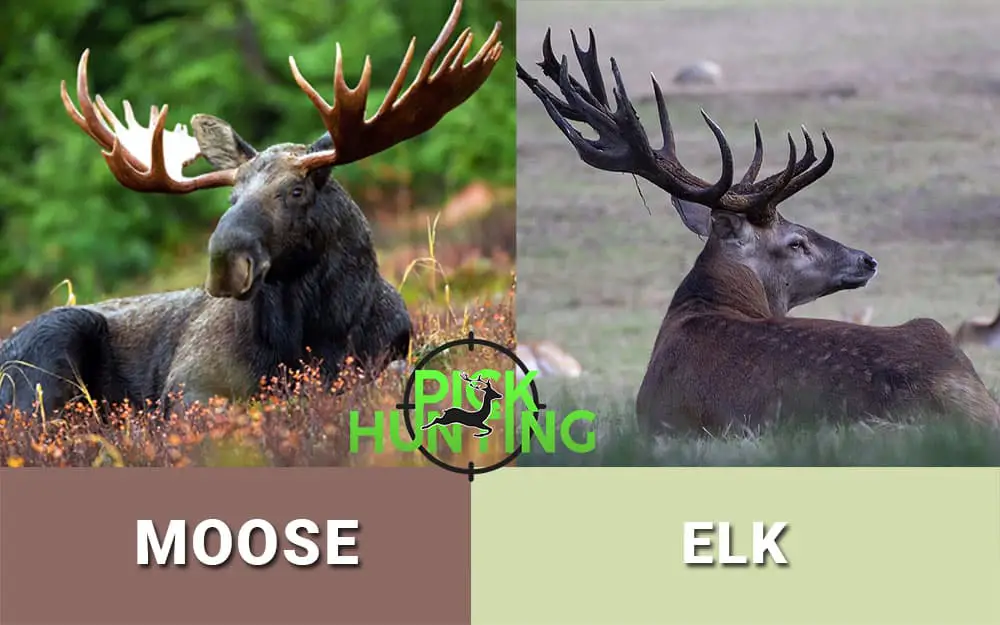
Moose Vs Elk Key Differences Between Moose And Elk
Size: Moose has a height of 4 to 5 feet at the shoulder and weigh between 485 to 730 pounds, while Elk have a height of 5 to 7 feet at the shoulder and weigh 840 to 1,550 pounds. Habitat: Moose occupy forests, forest edges, and meadows, while Elk are commonly found near rivers and lakes with abundant aquatic vegetation.
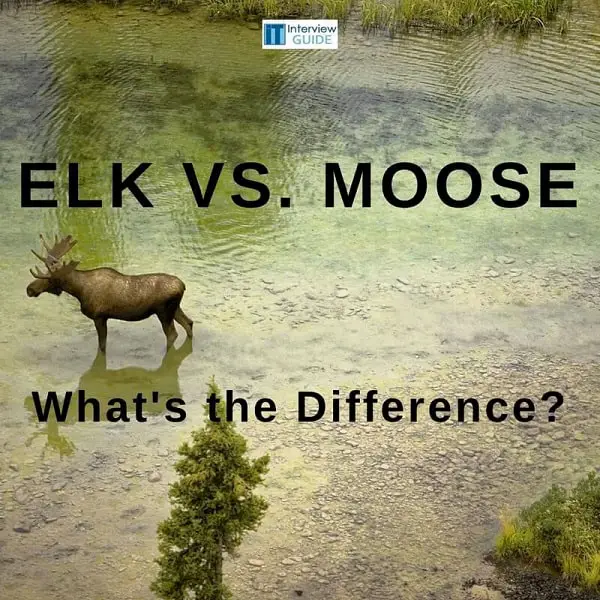
Elk vs. Moose Is There a Difference? It Interview Guide
Difference Based on Physical Appearance Size & Weight One of the most noticeable differences between elk and moose is their size and weight. Moose are significantly larger than elk, with bull moose standing 6 to 7 feet tall at the shoulders and weighing over 1,000 pounds.

Elk vs Moose Which Is Bigger, How Can You Tell a Difference?
One of the most noticeable differences between elk and moose is their size; elk are significantly smaller than moose, weighing around 450-700 pounds, while moose can weigh upwards of 1500 pounds. Moose are the largest member of the deer family, while elk are more closely related to goats and sheep.
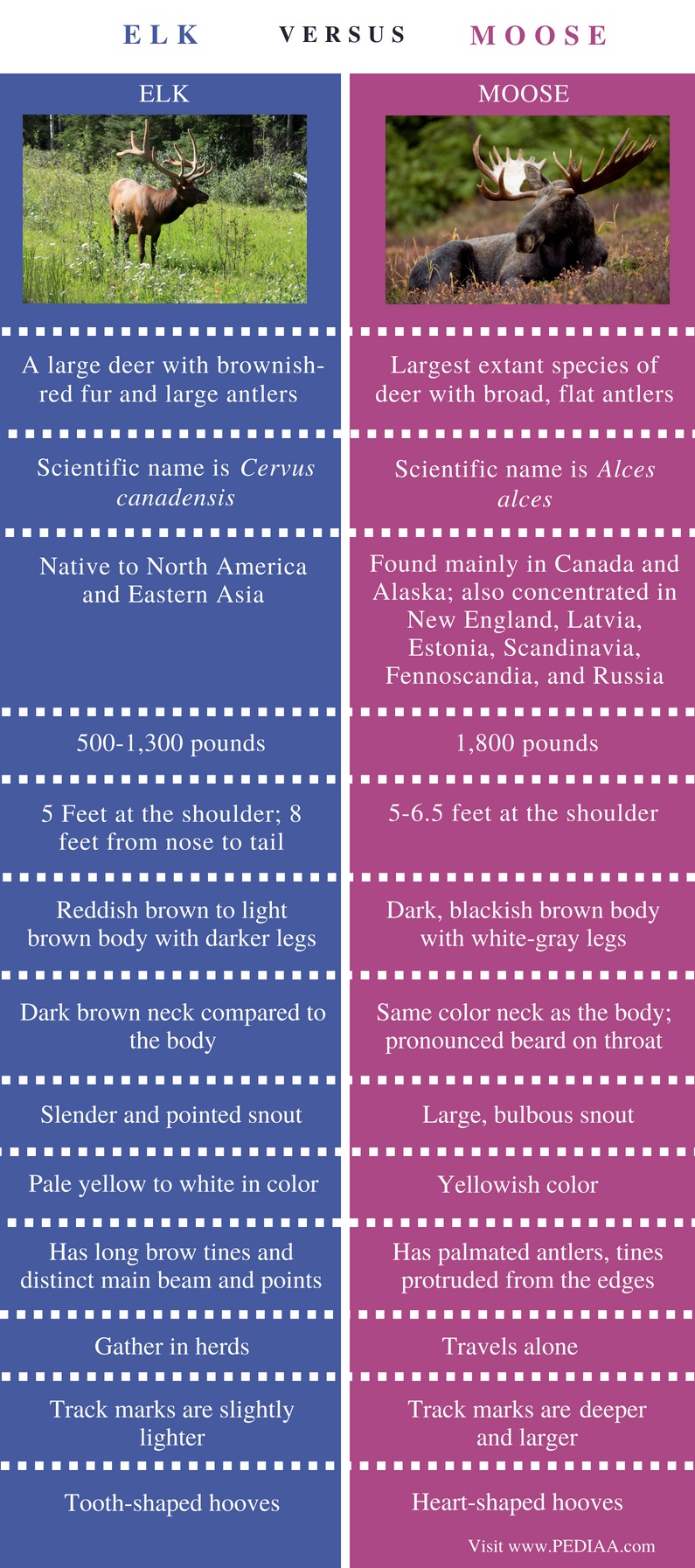
Difference Between Elk and Moose
Taxonomic Differences & Naming Many people complicate the taxonomic differences only because they fail to understand them. So, let's put it simply for you, elk and moose are members of the Deer family known as 'Cervidae'. However, Cervidae is further divided into two subfamilies i.e., Cervinae (Old World Deer) and Capreolinae (New World Deer).
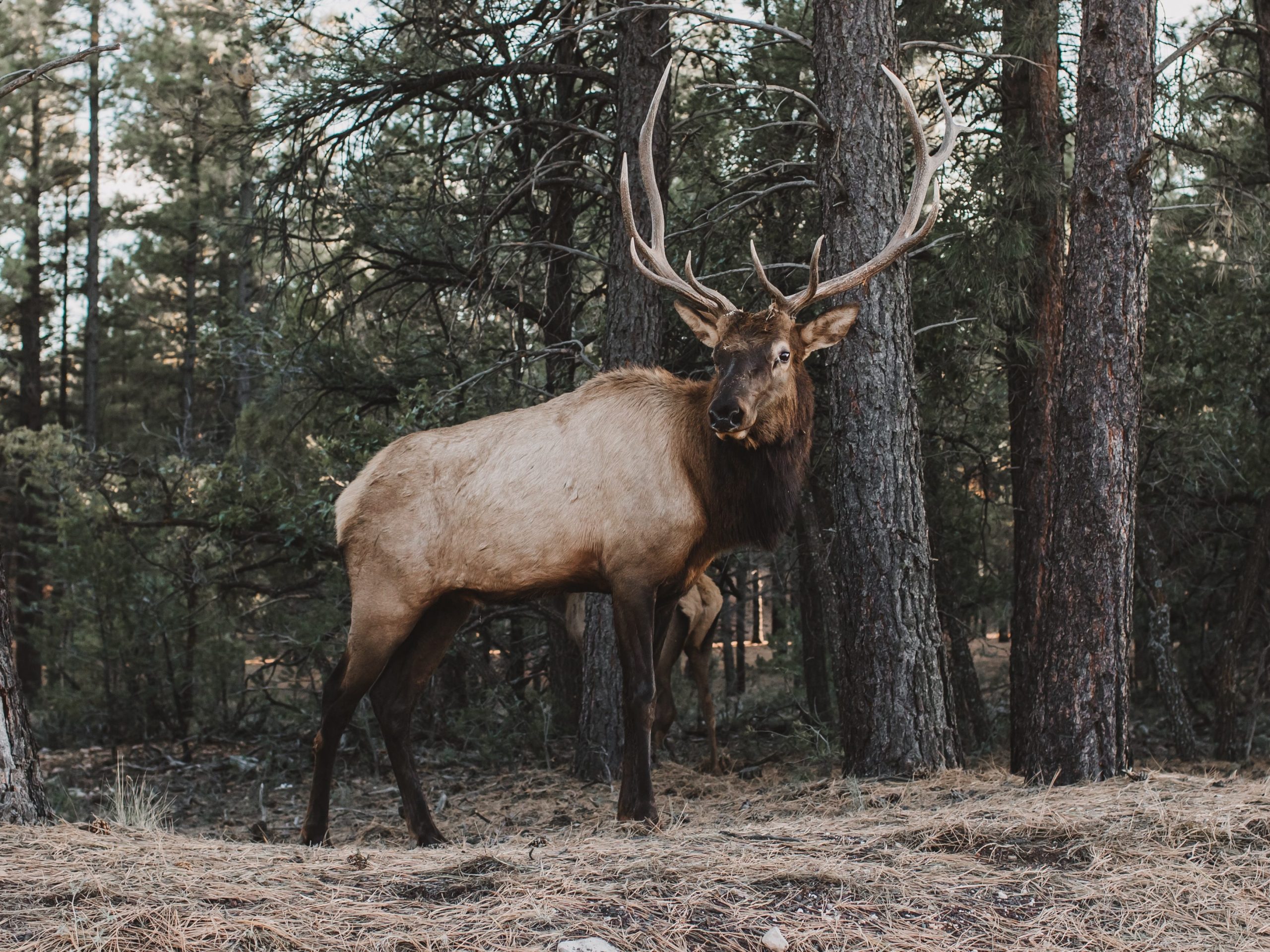
Elk vs Moose Comparison Habitat, Size, Meat & Main Differences Hunter Guide
Elk vs Moose: The Main Differences Like White-Tailed Deer and Mule Deer, Elk and Moose are both cervids, or members of the Cervidae family. This group of animals are hoofed ruminants of the order Artiodactyla. but that's a lot to remember so in plain English, cervids are known simply as deer.